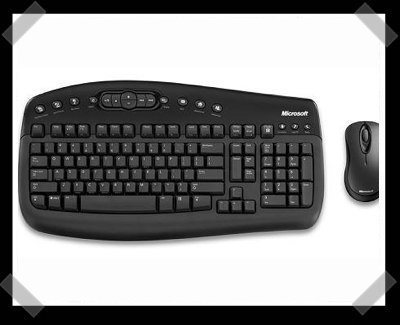
The latest crop of final projects from Cornell Universities ECE576 course went up a while ago. This round focuses on FPGAs. They’re all fairly impressive projects. My favorite is this real time spectrograph. With the decreasing cost of FPGAs, this Digital Oscilloscope could become a popular one. Putting this UDP network stack on a capture the flag network would probably freak out some people. Lately I’ve noticed a trend of replacing ASIC chips with FPGAs – these projects could be just the thing to get some people started with them.
Year: 2007
Silence Your Mouse: No Clicky.
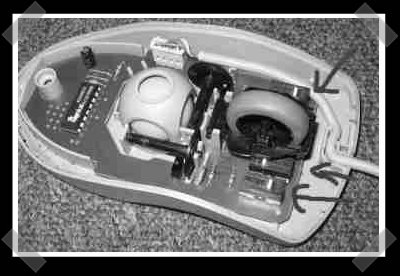
[PaulJ] sent in this older, but excellent little hack to silence your mouse. Don’t like the click that your mouse makes? If your mouse has the right kind of switch inside, it can be quieted down with a quick soldering job. Just remove it, turn the upper half around and re-assemble.
Day O’ Guitar Hero Mods (with A Bonus)
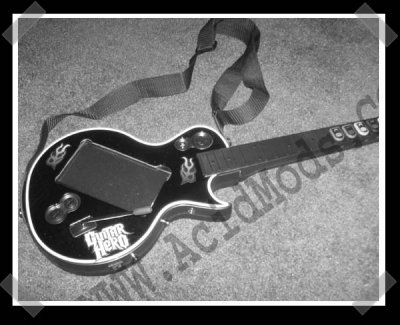
I’ve already gotten a pile of tips on Guitar Hero controllers today, so here we go. The first one is already making the rounds. [Mark] replaced strummer with a touchscreen LCD and a magnetic switch. [Mark]s ultimate goal is to add some optical sensing and make the guitar self playing. For details, hit the acidmods thread or just watch the proof of concept demo.
[Johan] sent in the second controller of the day, and it’s probably my favorite for guitar bling. The original mushy switches were replaced with micro-switches and CNC milled replacement buttons. Each button is individually lit with LEDs and a cold cathode lights up translucent panel in the body. A PIC controller controls the lights and provides some input options for button tapping. The video is actually pretty entertaining to watch.
For a little bonus, check out [Mastershake916]’s cast Hack-A-Day pendant.
Wireless Keyboards Easily Cracked
We first covered breaking the commodity 27MHz radios used in wireless keyboards, mice, and presenters when [Luis Miras] gave a talk at Black Hat. Since then, the people at Dreamlab have managed to crack the encryption on Microsoft’s Wireless Optical Desktop 1000 and 2000 products (and possibly more). Analyzing the protocol they found out that meta keys like shift and ALT are transmitted in cleartext. The “encryption” used on each regular keystroke involves XORing the key against a random one byte value determined during the initial sync with the receiver. So, if you sniff the handshake, you can decrypt the keystrokes. You really don’t have to though; there are only 256 possible encryption keys. Using a dictionary file you can check all possible keys and determine the correct one after only receiving 20-50 keystrokes. Their demo video shows them sniffing keystrokes from three different keyboards at the same time. Someone could potentially build a wireless keylogger that picks up every keystrokes from every keyboard in an office. You can read more about the attack in the whitepaper(pdf).
[via Midnight Research Labs]
Reader How-To: Wiimote Horse Controller
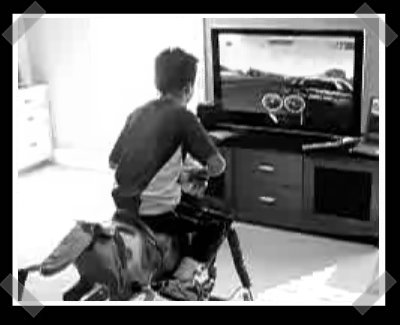
I linked the Wiimote horse controller in yesterdays extra, but today [Mark] sent us a short and sweet How-to. Essentially, he’s using the Wiimote taped to the horse as a joystick to play Need for Speed on the laptop connected to his big screen. Hit the read link for his write up.
Friday I Want A Ball Pit Extra

[rmunroe] of the notorious xkcd made his own ball pit. I’m now completely, totally jealous.
[-] sent in this Commadore 64 Guitar Hero project.
[Jock] sent in this uh, marriage of a Wiimote and a rocking horse. It’s actually a great idea if you’ve got a kid and some duct tape handy.
[warthox] sent in this XBox 360 tilt controller project. These have been popping up a bit, but you might like this one. The board is all surface mount, and was routed to make the prototype. I kind-of like the surface pads that were used to mount the wires to avoid doing thru hole mounts.
We’ve been digging the EeePC – [Paul] wrote up his tricks to get Ubuntu working on the thing.
[Jock] sent in this huge set of music hacks. Mostly circuit bent, but they make for interesting reading.
DIY SCUBA Tank Boost Pump (for Mixing Gases)
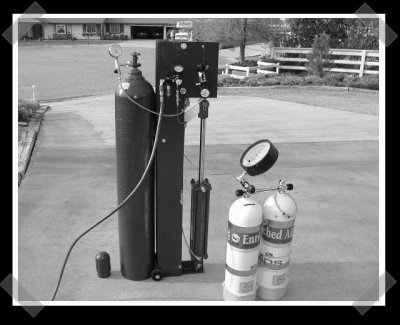
No love for that sweet old NES controller? Fine, here’s a bonus hack for you. This home-built boost pump is designed to take in a volume of gas (like oxygen) and compress it with a hydraulic style air powered cylinder to raise the pressure. With the increased pressure, the O2 can be added to a SCUBA tank that contains high pressure air to create what’s known as NITROX. The idea is to increase the percentage of Oxygen in order to reduce Nitrogen absorbtion in the blood – increasing a divers safe time at depth underwater.
The compression cylinder is built entirely of brass with Sirvon seals. The drive cylinder and 2:1 lever produces 3,000 lbs of pressure on the pump cylinder, all from 120psi of pressure from a standard shop air compressor.

